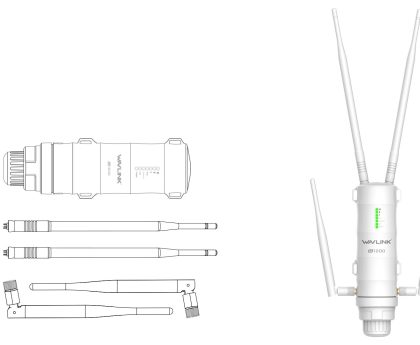In the ever-evolving digital landscape, where websites are the virtual storefronts of businesses, the importance of a responsive web design cannot be overstated. With the proliferation of diverse devices and screen sizes, the traditional one-size-fits-all approach to web design is becoming obsolete. Responsive web design services have emerged as a transformative solution, unlocking the full potential of online platforms. In this article, we explore the profound impact of responsive web design services on user experience, search engine optimization, and overall business success.
Enhancing User Experience Across Devices
One of the primary benefits of responsive web design is its ability to provide a seamless and consistent user experience across a myriad of devices. Whether users access a website from a desktop, laptop, tablet, or smartphone, a responsive design ensures that the site adapts and functions optimally. This adaptability is not just a matter of aesthetics; it directly influences user engagement and satisfaction.
In a world where attention spans are fleeting and competition is fierce, a positive user experience is a key differentiator. A website that loads quickly, navigates smoothly, and presents content in a visually appealing manner on any device creates a lasting impression. Responsive web design caters to the diverse preferences of users, offering an inclusive and accessible interface that transcends the limitations of specific devices.
The SEO Advantage
Search engines, particularly Google, favor responsive websites when determining search rankings. In the age of mobile-first indexing, where Google primarily uses the mobile version of a site for indexing and ranking, having a responsive design is not just a luxury but a necessity. Responsive websites eliminate the need for separate URLs for desktop and mobile versions, streamlining the indexing process and ensuring that search engines can easily crawl and index content.
Moreover, a responsive design contributes to a lower bounce rate, another crucial factor in search engine optimization. When users have a consistent experience across devices, they are more likely to stay on a website, explore its content, and engage with its features. Search engines interpret this as a signal of relevance and quality, subsequently improving the site’s search ranking.
Cost-Effectiveness and Maintenance Simplicity
In the past, businesses often opted for separate mobile websites to address the growing mobile user base. However, maintaining two distinct websites is not only resource-intensive but also poses challenges in terms of consistency and content synchronization. Responsive dental logos design eliminates the need for a separate mobile site, reducing development and maintenance costs.
From a practical standpoint, managing a single website that caters to all devices is more straightforward. Updates, content changes, and feature additions can be implemented universally, ensuring a cohesive online presence. This simplicity in maintenance not only saves time and resources but also reduces the likelihood of errors and discrepancies between different versions of a website.
Adaptability to Technological Advancements
The digital landscape is in a perpetual state of evolution, with new devices and technologies constantly emerging. Responsive web design, by its nature, is forward-thinking and adaptable. It anticipates and accommodates changes in the technological landscape, ensuring that a website remains relevant and functional regardless of the devices that come into play in the future.
This adaptability is particularly crucial in an era where the Internet of Things (IoT) is gaining prominence. With an increasing number of smart devices with internet connectivity, from refrigerators to wearables, responsive design becomes a foundational element for ensuring a consistent user experience across this diverse range of gadgets.
Competitive Edge in a Mobile-First World
As mobile device usage continues to dominate internet traffic, businesses that prioritize responsive web design gain a competitive edge. A website that seamlessly caters to mobile users is more likely to capture and retain the attention of the growing mobile audience. In contrast, a website with a non-responsive design may alienate a significant portion of its potential user base, leading to missed opportunities and diminished competitiveness.
Beyond capturing mobile traffic, a responsive design reflects a forward-thinking approach that resonates with users. It communicates a commitment to providing the best possible experience, regardless of the device used. In an era where consumer expectations are high, meeting these expectations can result in increased brand loyalty and positive word-of-mouth marketing.
Conclusion: Unleashing the Full Potential
Responsive web design services are not just a technological trend; they are a strategic imperative for businesses aiming to thrive in the digital age. From enhancing user experience to reaping the SEO benefits and ensuring adaptability to future technological advancements, the impact of responsive web design is far-reaching. It goes beyond aesthetics, touching the core of online success by unlocking the full potential of websites to engage, captivate, and convert visitors across diverse devices. As businesses navigate the dynamic digital landscape, embracing responsive web design is not merely an option; it is the key to unlocking and maximizing their online potential.




